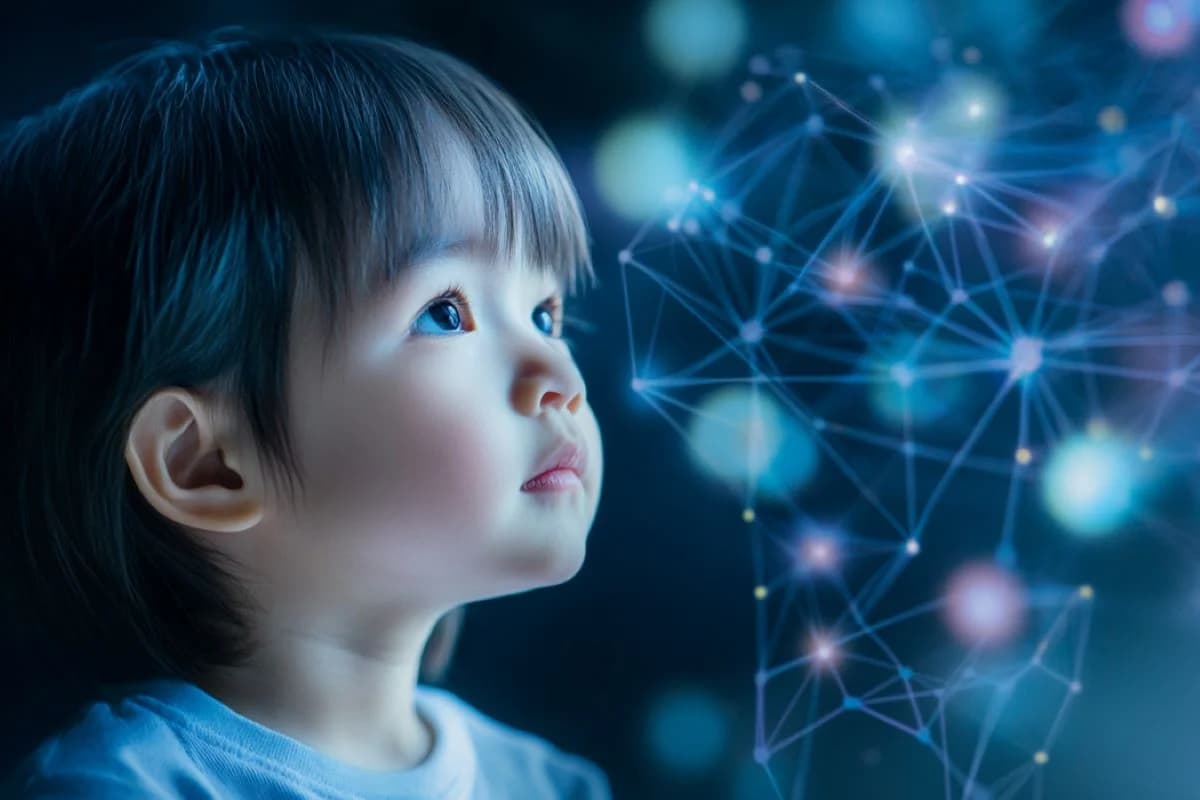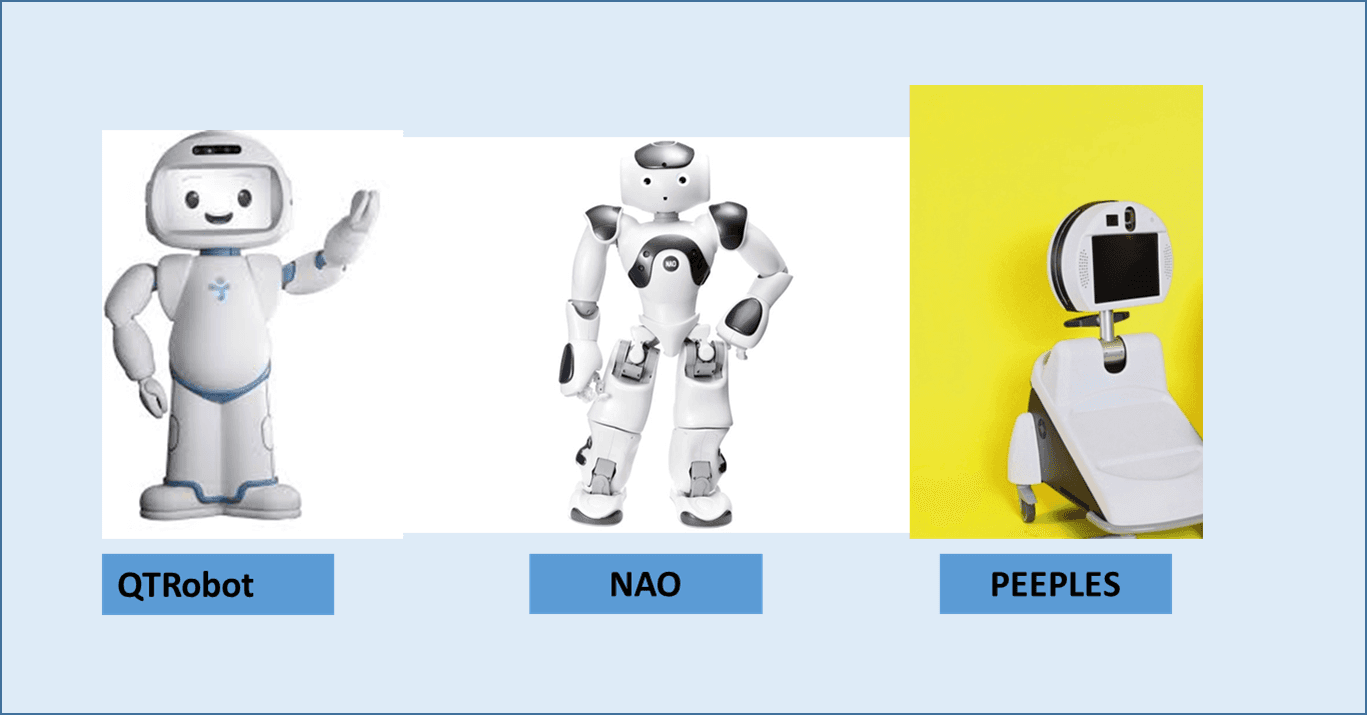
Early Autism Spectrum Disorder (ASD) Detection and Therapy using AI
Autism Spectrum Disorders (ASDs) describe a set of conditions classified as neurodevelopmental disorders in the Diagnostic and Statistical Manual of Mental Disorders (DSM-5). ASDs are characterized bysocial deficits and communication difficulties, stereotyped or repetitive behaviors and interests, sensory issues and in some cases cognitive delays. The term “spectrum” indicates that the severity of the symptoms varies in individuals, and symptoms also differ due to the heterogeneity of the conditions. The centers for disease control (CDC) reports that the prevalence of autism has been increasing during the past two decades. According to this study, in 2000, in every 150 children, one is diagnosed with ASD in the US. In 2014 one in every 59 children and in 2016, one in every 54 children is diagnosed with ASD.
Traditional diagnostic methods rely on interviews with clinicians and questionnaires completed by parents and children. Generally, ASD can be diagnosed at the age of months 18 and 24, but symptoms are more distinct at older ages. Therefore, a definitive diagnosis can be made later. Still, early diagnosis makes early interventions possible to prevent developmental delays. Autism screening is currently done using a caregiver questionnaire, such as the Modified Checklist for Autism in Toddlers-Revised with Follow-Up (M-CHAT-R/F) and diagnosis via the Autism Diagnostic Observation Schedule-2 (ADOS-2). However, the interview-based approach has faced limitations, such as the difficulty of early-age diagnosis, the time-consuming nature of interviews, and the stress imposed on medical experts, children, and parents. The accuracy of traditional diagnoses with interviews remains a concern, as even with sophisticated and standardized instructions for ASD diagnosis, interviewers may overlook minor symptoms in affected individuals. Furthermore, comprehending the diverse spectrum of ASD poses a formidable challenge for human evaluators.
Use of AI in Diagnosis of Autism
To address these issues, there is growing interest in leveraging Artificial Intelligence (AI) technologies for ASD diagnosis. AI, with its capacity to handle extensive datasets and solve complex tasks swiftly, is gaining prominence in various scientific studies. Many ASD researchers advocate for AI applications in diagnosis, utilizing multiple inputs such as facial images, brain images, and audio data. Videos, as a promising input for ASD diagnosis, provide rich information, capturing specific behavioral and facial movements exhibited by ASD patients. The accessibility of video data further enhances its appeal for ASD diagnosis in young children. By quantifying multiple autism-related behaviors, it may be possible to better capture the complex and variable presentation of autism reflected in current diagnostic assessments. Digital phenotyping is an innovative health monitoring method that utilizes smart devices, sensors, and mobile apps to continuously and real time collect data on an individual’s behavior, psychological, and physiological states, thereby providing a comprehensive and dynamic portrayal of an individual’s health. Digital phenotyping can detect differences between autistic and neurotypical children in gaze patterns, head movements, facial expressions and motor behaviors.
Researchers have developed app that is presented on a tablet while children watch the movies on a caregiver’s lap. They record the participant’s behavior using the front-facing camera. On the backend they process the video, extracting child’s landmarks and facial action units. From facial landmarks and facial actions units, they extract gaze features through a deep neural network to estimate social attention variables. Using landmark time-series, they compute eyebrows and mouth movement complexities exploiting the multi-scale entropy. Using head pose, we calculate head movement rate, acceleration, and complexity. In total they have computed various features for social/nonsocial movie. Some features are given below.
- Time attending to the screen
- Gaze to social versus nonsocial stimuli speech
- Facial dynamics complexity
- Frequency and complexity of head movements
- Response to name

Latest deep learning networks are used to combine various digital phenotypes into the algorithm used for the diagnostic classification of the participants. Deep learning networks learns from these parameters and predicts presence or nor presence of ASD.
AI in Autism Therapy
AI is not only used in early diagnosis of ASD but it could be used for enhancing learning process of ASD patients through social robots. With the modern advancements in social robotics, human like robots have begun to be employed in several applications, including the healthcare field. Several studies suggest there is increasing evidence that using social robotics to treat individuals affected by autism spectrum disorders may lead to satisfying results. There are various reasons to use social robots for treating ASD. Some of them are given below.
Avoiding sensory and emotional overstimulation
Human beings’ dynamic facial features and expressions may affect the intensive sensory processing of autistic individuals. These over stimulation of sensor hinders a proper learning process as autistic individuals tend to evade sensory stimulations actively and instead focus on predictable basic features. This problem is addressed by social robots. Compared to the therapist’s face, the limited mimicry of the robot’s muzzle has proved to be more understandable and predictable.
High Engagement
In most cases, autistic people manifest behaviors toward robots that neurotypical people have toward humans. It follows that employing a robot for medical treatment that requires the patient to actively participate in therapies becomes particularly effective since it exploits the inner affinity that autistic people exhibit towards robots. Autistic people are highly engaged with social robots and could learn things easier with them.
Designing Structured learning Environment
In fact, unlike human beings, robots, which by definition operate within predictable and lawful systems, can build a profoundly structured learning environment for autistic individuals. A structured learning environment enables therapists to train autistic people to focus on relevant stimuli during social interactions. The advantage of employing structured interactions with humanoid robots consists of the opportunity to create structured social circumstances in which specific social behaviors may occur, resulting in more repeatable, measurable and effective therapies.
Researchers has tried various social robots but three robots are famous in providing good learning environment for autistic people
- QTRobot
- NAO
- Pepper

Autistic children are engaged with the robots more easily. The robots are connected through WIFI to the main servers. Videos of the children are sent to the server where it has been analyzed with AI algorithms and new tasks and conversation are sent back to the robots. This interactive session supported by latest AI tools has allowed the researchers to create sustainable and controlled learning environment that is adaptive to the needs of Autistic child. It has been found that the use of social robots produces good results in the treatment of patients effected by ASD.
